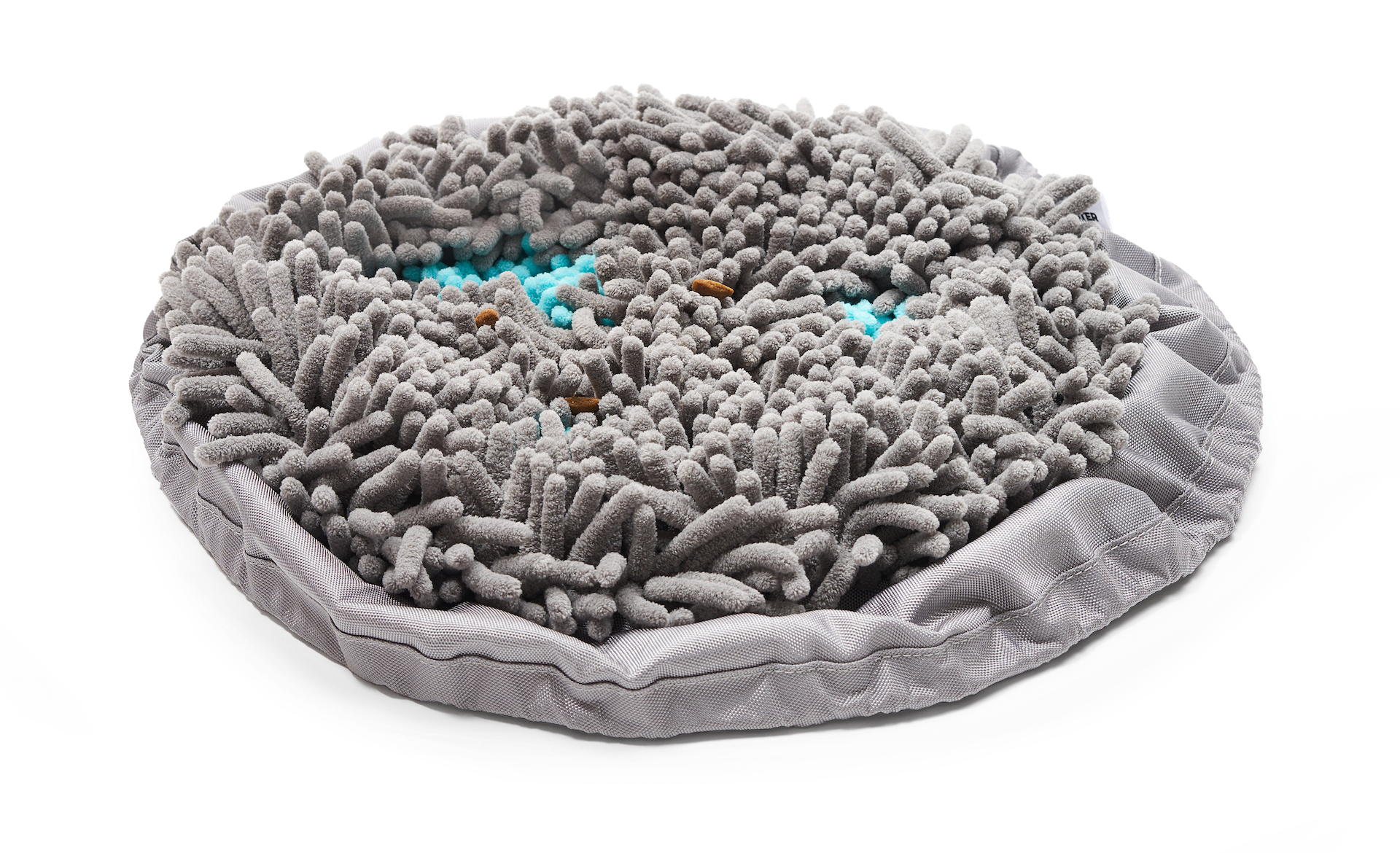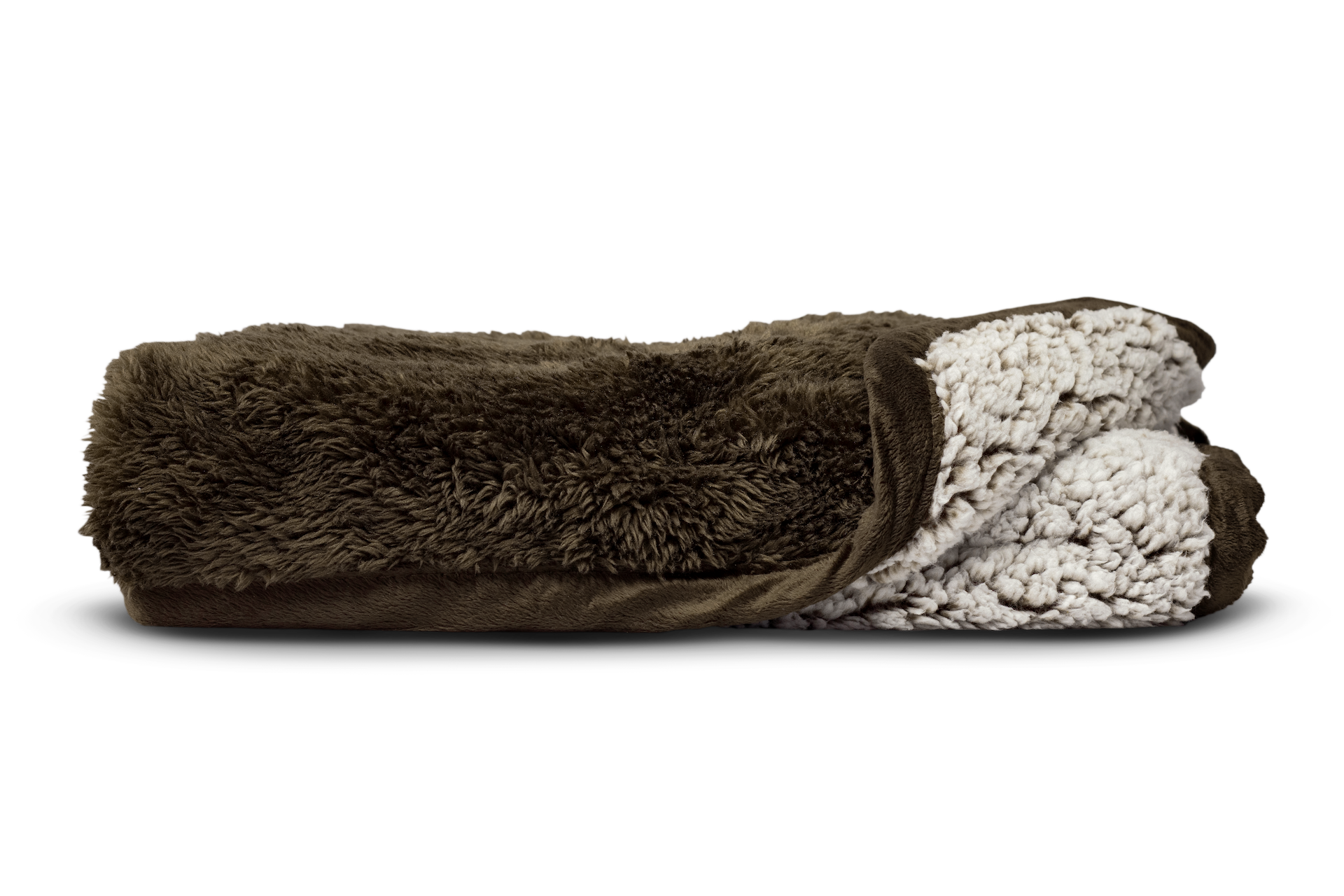Sudden paralysis in dogs is heart-breaking, especially when it happens to your own furbaby. As a pet parent, dog paralysis can be an overwhelming diagnosis. But there are always ways to survive these trying times and help you increase your dog’s chances of still having a happy and fulfilled life despite their condition. Sudden paralysis can be temporary or permanent, depending on the case.
In this article, we’ll talk about why sudden paralysis happens in dogs, the causes, the signs & symptoms of sudden paralysis in dogs, treatment, and proper management.

"Sudden paralysis is easy to spot as it is sudden and gives you a hint that something is wrong with your dog. Your dog may be immobile completely or may only have some of their legs paralyzed."
Symptoms of Sudden Paralysis in Dogs
Paralysis in dogs, according to Dog Time, happens when the central nervous system’s ability to coordinate the body’s movements is diminished or completely lost. Paralysis is not always sudden. Most of the time IVDD is progressive in dogs and it can be quick or slow. Sudden paralysis is easy to spot as it happens so instantly (as the name suggests) and gives you a hint that something is wrong with your dog. Your dog may be completely immobile or may only have some of their legs paralyzed. It may be temporary paralysis or permanent. Symptoms of sudden dog paralysis include, but are not limited to:
- Lameness
- Inability to move some or all legs
- Inability to flex joints in affected leg(s)
- Pain
- Dragging of limb(s)
- Limb weakness
- Inability to bear weight on affected leg(s)
- Shifting of weight between legs
- Loss of balance or ataxia
Note: These symptoms happen so suddenly rather than developing over time. With sudden paralysis, one day your dog may look normal, but then your dog can’t walk on one or more legs suddenly.
The symptoms of sudden paralysis in dogs may be easy to recognize, but what can cause paralysis varies considerably from one dog to another.
What Causes Sudden Paralysis in Dogs?
What can cause paralysis in dogs? Sudden paralysis can be brought on by a few different cases, including:
Accidents
Sometimes after a trauma from an accident, the symptoms of sudden paralysis may not be visible immediately. Your dog might absolutely look just fine. But then paralysis suddenly creeps in after a couple of hours or days. Trauma can cause significant secondary problems, so if your dog has an accident be sure to take them to the vet for a check-up.
Tick Bites
Tick bites can be very harmful and cause tick paralysis in dogs. So, make sure to pay attention and follow up with your vet if your dog has been bitten by a tick or your dog is suffering from a tick infestation. Ticks can leave neurotoxins in your furbaby’s blood and this causes paralysis which can lead to tick paralysis in dogs. Generally, tick paralysis quickly progressive, rather than sudden. Ask your vet about which tick prevention methods are right for your dog. Tick bites not only cause paralysis, but also life-threatening diseases, like ehrlichiosis and lyme disease, so be sure that you use the proper precautions.
Infections
Sudden paralysis can happen when bacteria and viruses are carried into your dog’s brain and affect it. Most of these diseases include distemper, meningitis, rabies, etc.
Other causes of sudden paralysis in dogs include:
- IVDD
- Thromboembolism
- FCEM
- Trauma
Other factors can cause acute onset paralysis, such as myelitis, infections, tumors, and more.

What Can You Do About Sudden Paralysis in Dogs?
We know that this is a scary situation and you only want to help your furbaby. Depending on what cases the paralysis, your dog may benefit from surgery, massages, or walking aids. Here are some things you can do that will be helpful to your dog if they are experiencing sudden paralysis.
Consult a vet
Sudden paralysis in dogs requires a lot of proper treatment and management. If your dog suffers from this, do not play guessing games or assume they're probably fine. If your dog can't walk suddenly, bring your furbaby to the vet as soon as possible. Your vet can conduct several tests and make a proper diagnosis of your dog's condition. Not only will your vet be able to diagnose sudden paralysis, but they will help you with customized instructions and plans to help your furbaby.
Stimulate your dog’s feet
It is important to keep your dog’s legs flexible while still recovering from paralysis to avoid the progress of joint contractures. To do this, bicycle your furbaby’s paralyzed leg/s in full range motion twice or thrice every day. If the bicycle method is painful for your dog, you can try to squeeze, rub, or tickle your pup's toes and legs throughout the day. This will improve your dog’s ability to feel their feet. These are called passive range of motion exercises.
With leg paralysis in dogs, the more you stimulate your dog’s feet, the better the body works to send remapping signals to the brain, encouraging proper circulation and faster recovery.
Opt for medications and surgery
Depending on the vet’s diagnosis, surgery may be one of the best options. If the paralysis is consequential and severe, surgery may reduce the negative effects and may even shift your pet’s condition. Surgeries include spinal corrections, amputations, and removal of possible tumors. Not every dog will need surgery, but it can be immensely helpful for some. Your vet will weigh the risks and benefits with you for procedures your dog might need. Consider finding a veterinary rehab professional to help you and your furbaby along the way.
If the sudden paralysis is caused by infections, it can be treated with antibiotics and some pain reliever as well.
As Walkin’ Pets notes, depending on the severity and cause, surgery may slow down the effects or even correct your pet’s paralysis. Tumor removal, amputations and spinal surgery to correct nerve damage are just a few possible surgical solutions. Immediate medical care and early diagnosis can be key to getting your dog back on their feet as quickly as possible.
Restrict your dog’s movements
One of the many ways of care management you can do for your furbaby is to restrict their movement. You can do this by confining your pup in a crate while they are still in recovery and giving them enough rest. This is very important, especially after surgery. Your veterinarian will tell you if this is necessary to help your furbaby recover.
If your furbaby is used to going potty outside your house, Pet Parents® products are very handy and efficient. You can have your pup wear Pet Parents® washable diapers or belly bands so they can do their business just about anywhere, without being stressed about standing up or going out. These premium diapers, belly bands, and pee pads have leak-proof, water-proof shells that make sure messes stay inside. These are also made from soft non-abrasive WickQuick® proprietary fabrics that wick away liquid fast. These Pet Parents® products greatly help prevent diaper rash and urine burns, allowing your pup to always feel dry and comfortable.
Furthermore, if your pup is kept inside a crate or lying down on the couch or on their favorite bed, you can consider adding on Pawtect® Pads as a lining for that added leakage protection.
Note: Make sure to change diapers every four hours or as needed.
Provide a stress-free, happy environment
Not being able to move as freely as before is stressful for your dog. It’s necessary that no external stressors add up to what they’re going through. Place your dog’s crate in an area in your house away from the things that easily stress them out, like other pets at home, stray animals, and loud noises. Make sure that your dog remains happy, even though their movements are restricted. Provide them with a Pet Parents® Blanket so they can snuggle comfortably while at rest and keep them entertained by providing them with Gnawtlers® they can safely gnaw. Don’t forget to check in on them regularly and provide them with plenty of attention.
Consider dog mobility aids
If your dog is only partially paralyzed, you may consider getting them dog mobility aids, like dog wheelchairs. These will help your furbaby move more easily and help them to continue being a happy dog. This can be especially helpful if your dog has both hind legs paralyzed. This way they can still get exercise and be able to move around easier than dragging their legs.
Be on top of your dog’s nutrition
Staying on top of your dog’s health and nutrition is extremely important for sudden paralysis recovery. It is vital that you provide your pup with a healthy dog diet and some Pet Parents® Hip and Joint Supplements to help your dog cope up.
These hip and joint supplements for dogs contain PurforMSM® & Glucosamine for dogs that help create a cushion around the joints to promote joint lubrication, supporting comfortable movement & flexibility for your paralyzed dog. It also has balanced Kollagen® & Chondroitin for that aid in premium support for mobility & overall hip & joint health.

"Provide your pup with a healthy dog diet and some Pet Parents® Hip and Joint Supplements. These supplements contain PurforMSM® & Glucosamine for dogs."
If sudden paralysis happens to your dog, do not lose hope. We know that it can be terrifying for both you and your dog to go through, but you can still help! There are a lot of assistive ways to make your dog’s life easier as they encounter paralysis. While you and your furbaby may have to adapt some aspects of your lifestyle, your dog can still live a happy and fulfilled life and you can still be there every step of the way.









